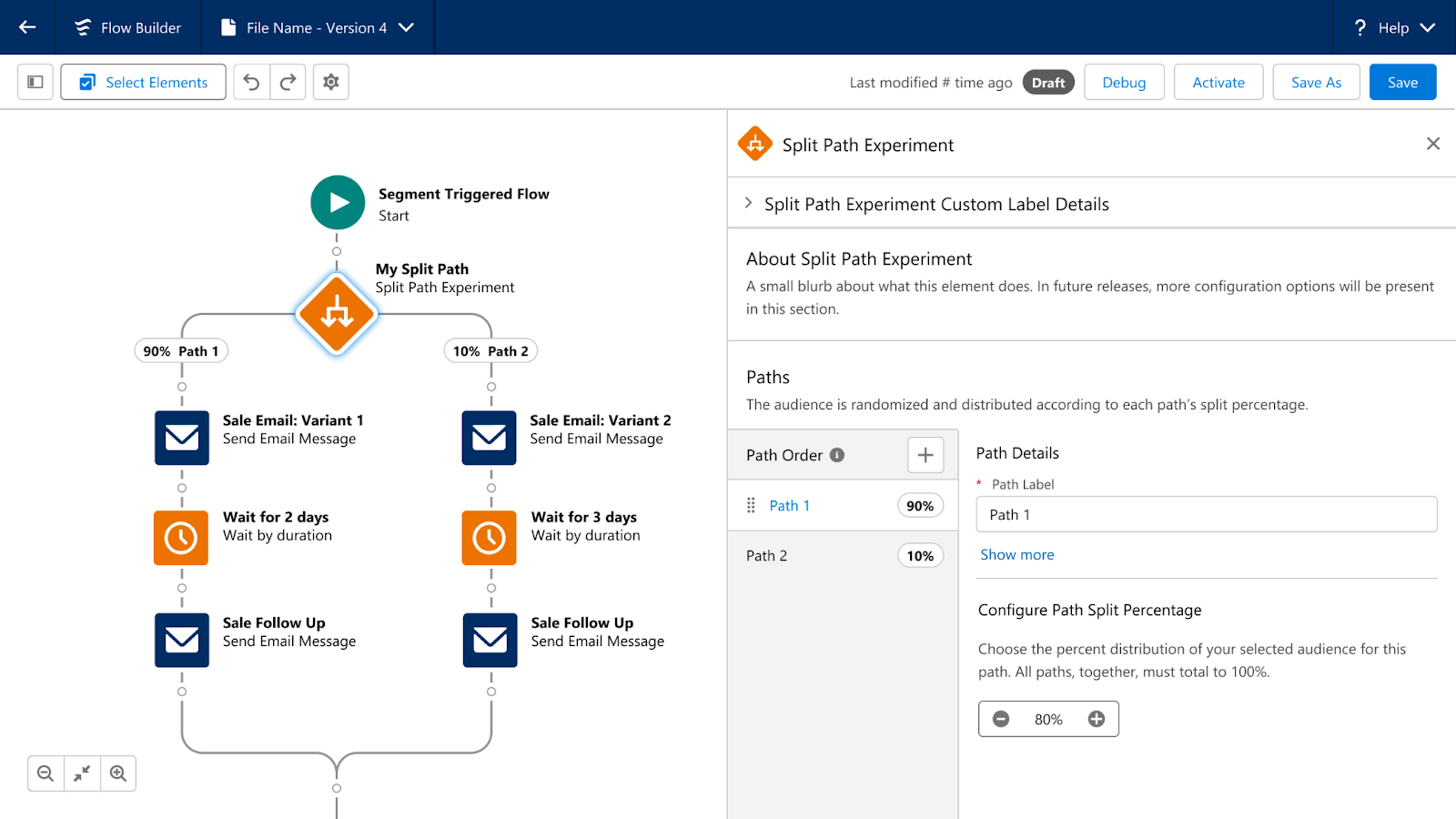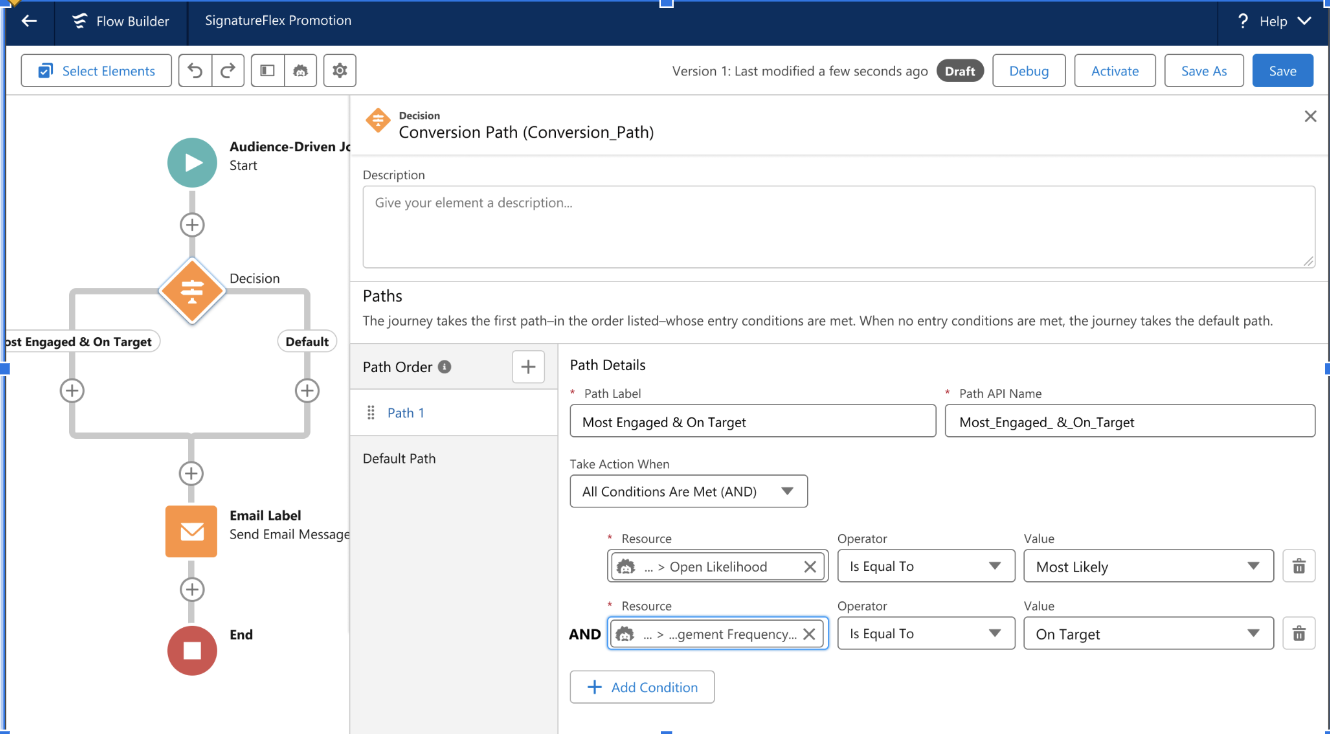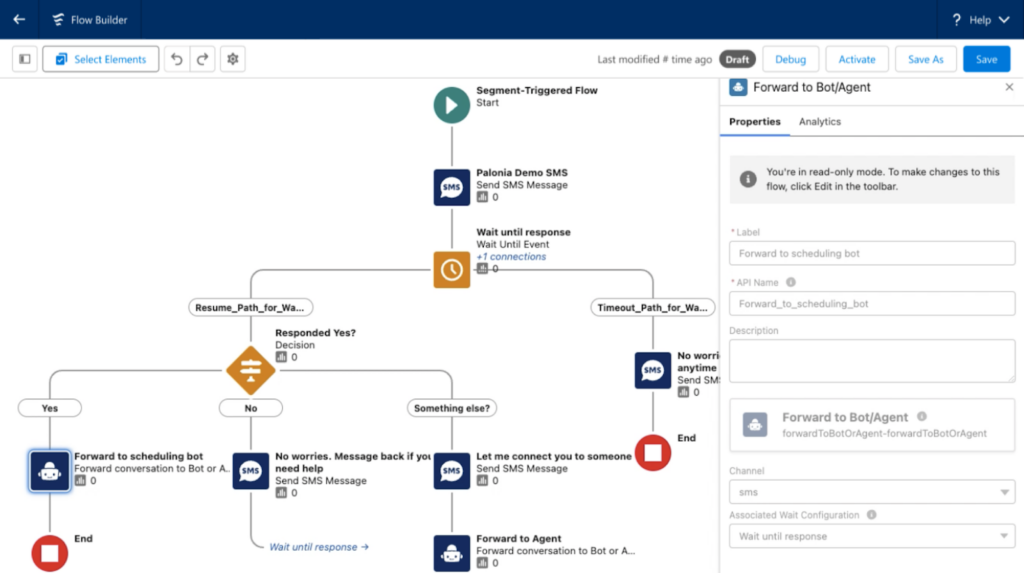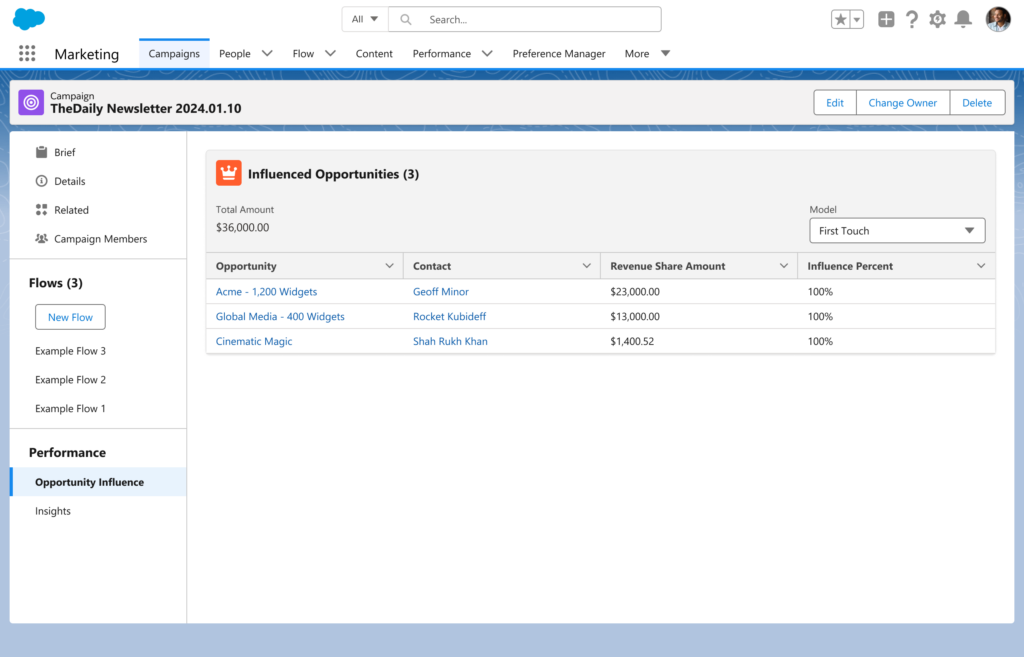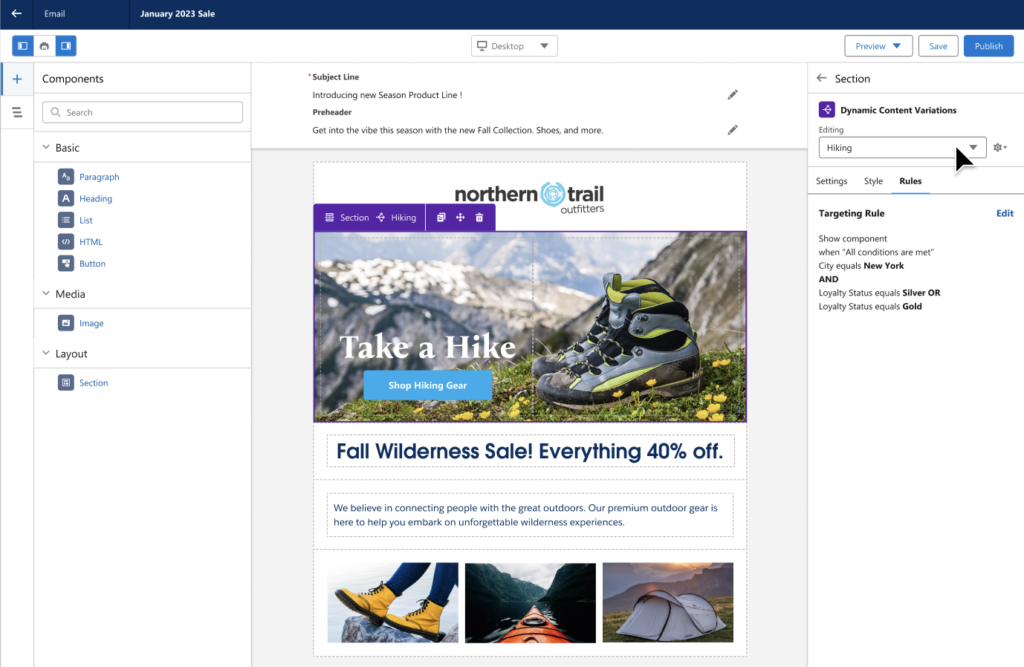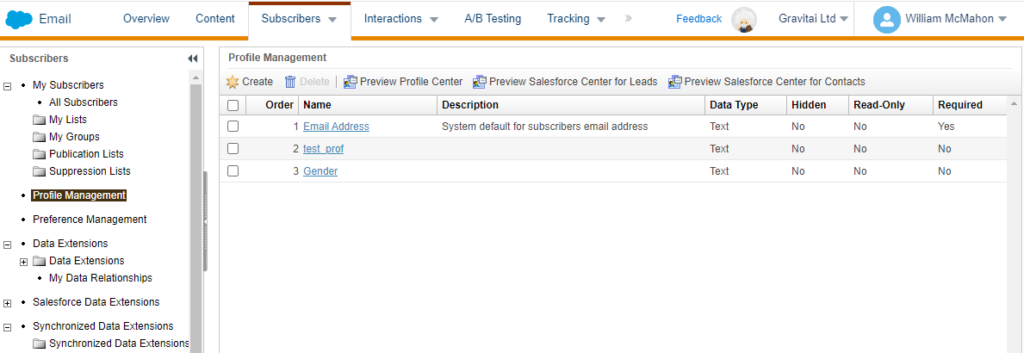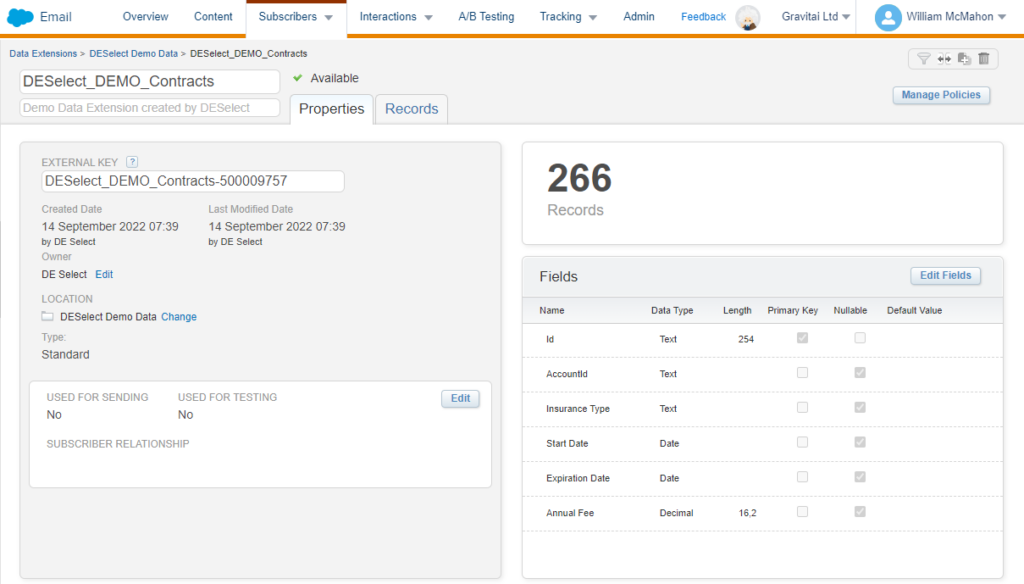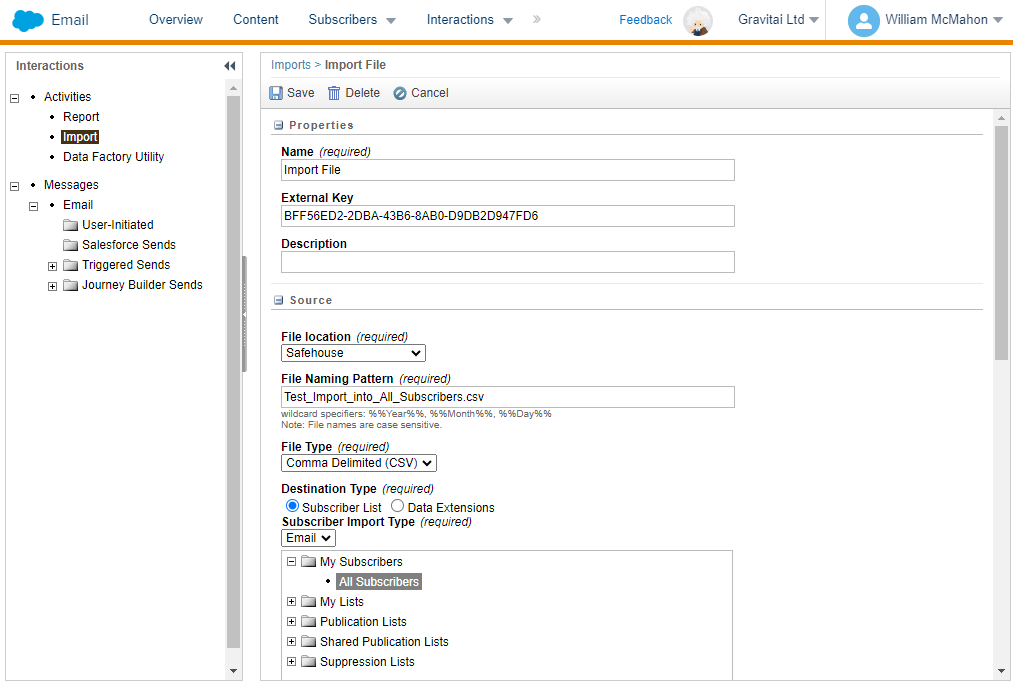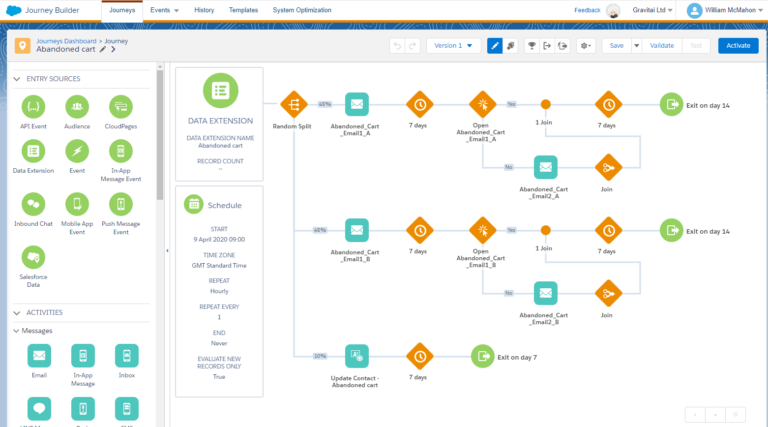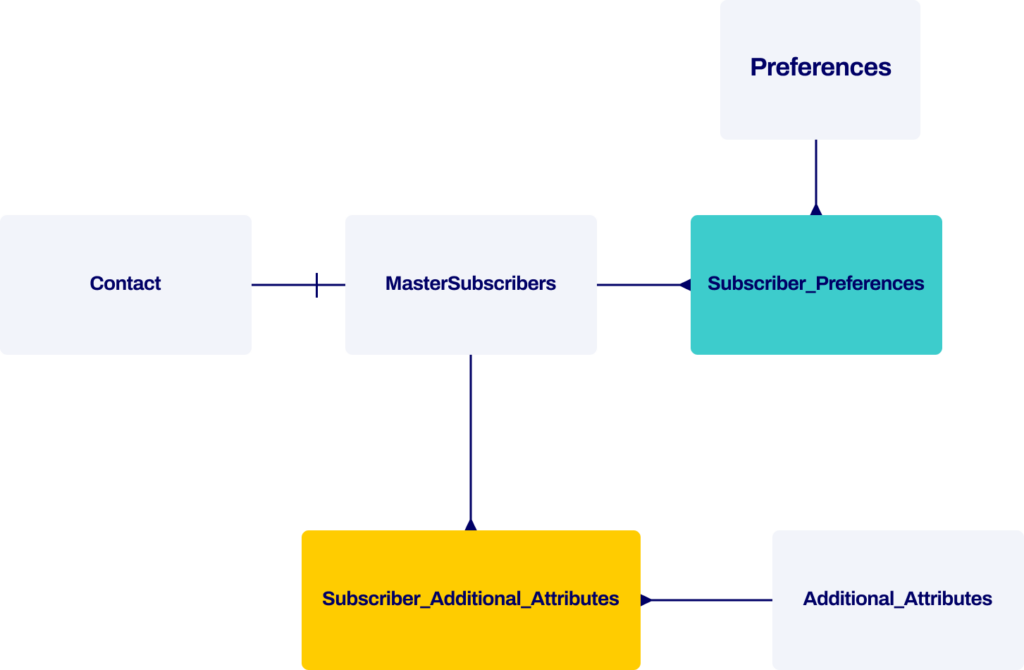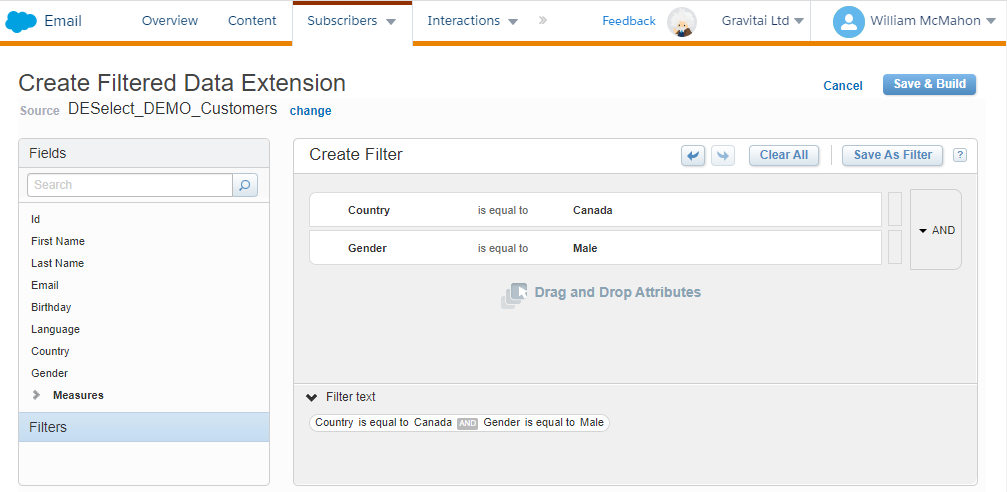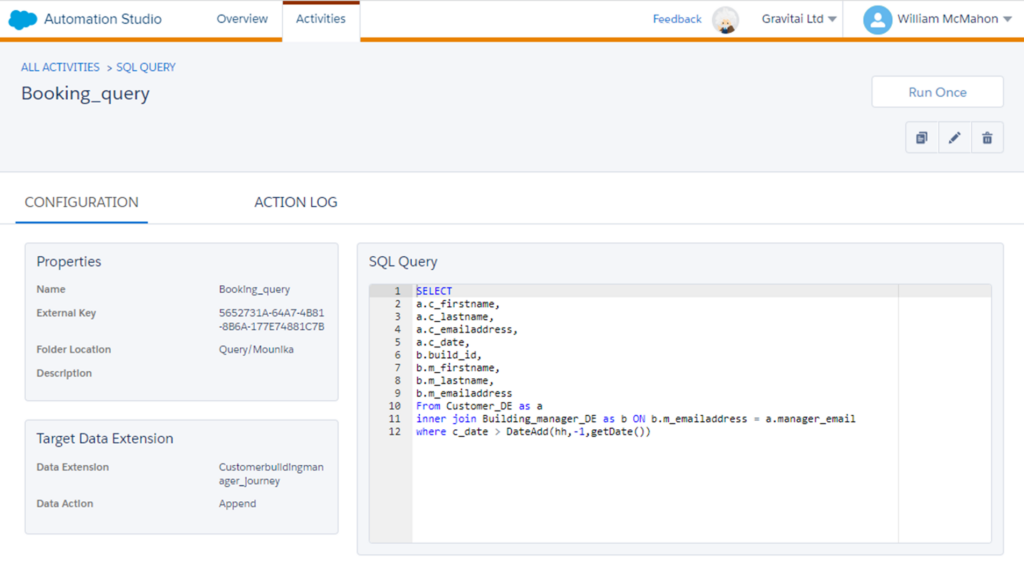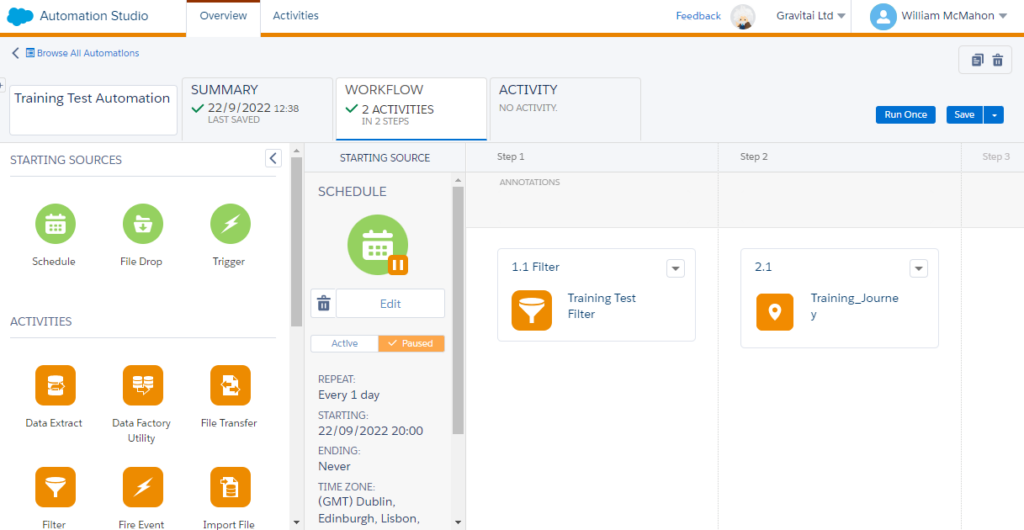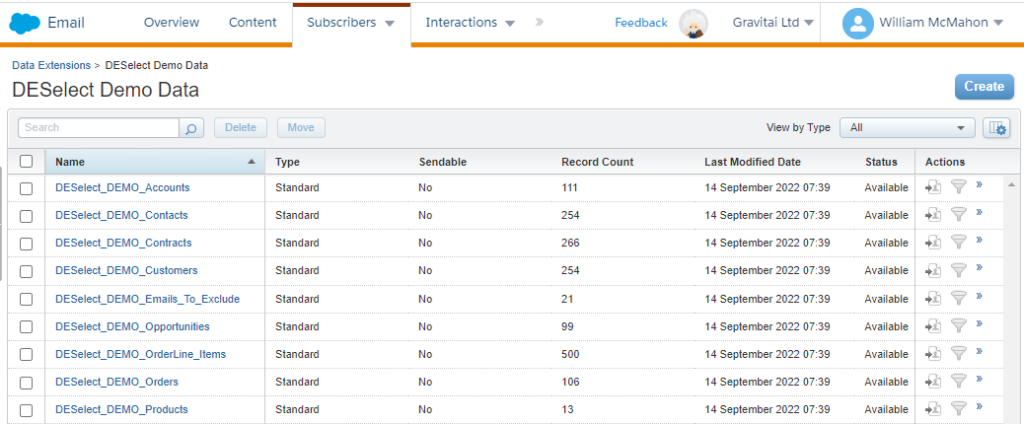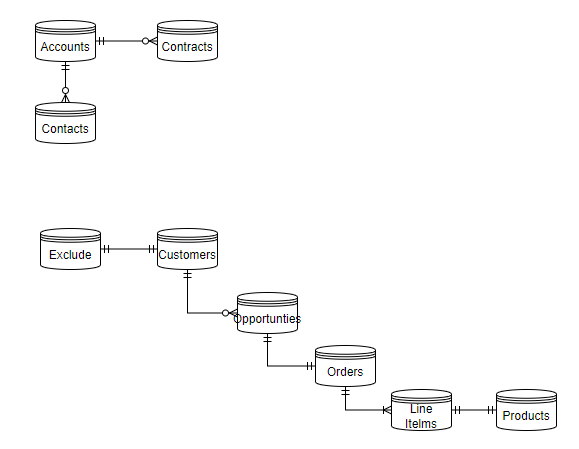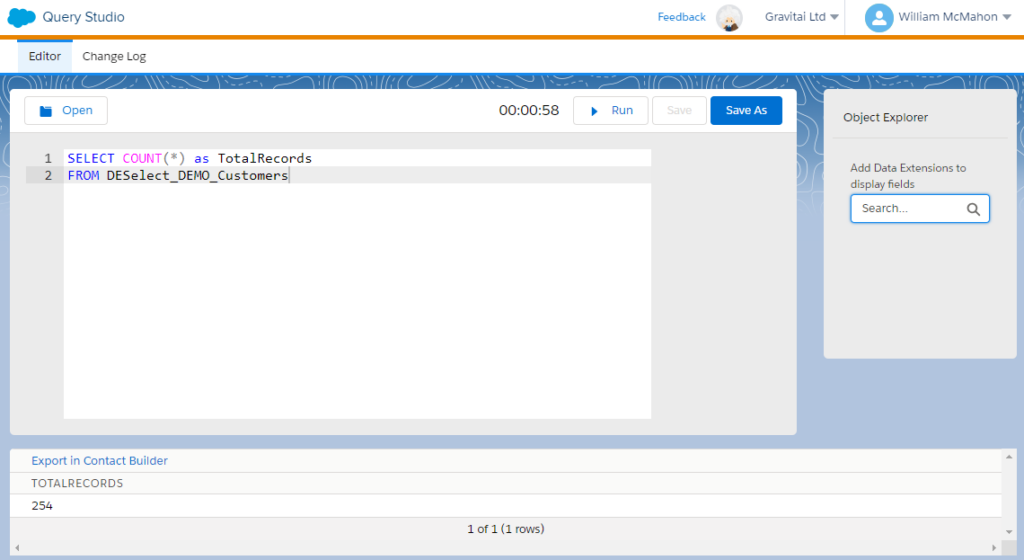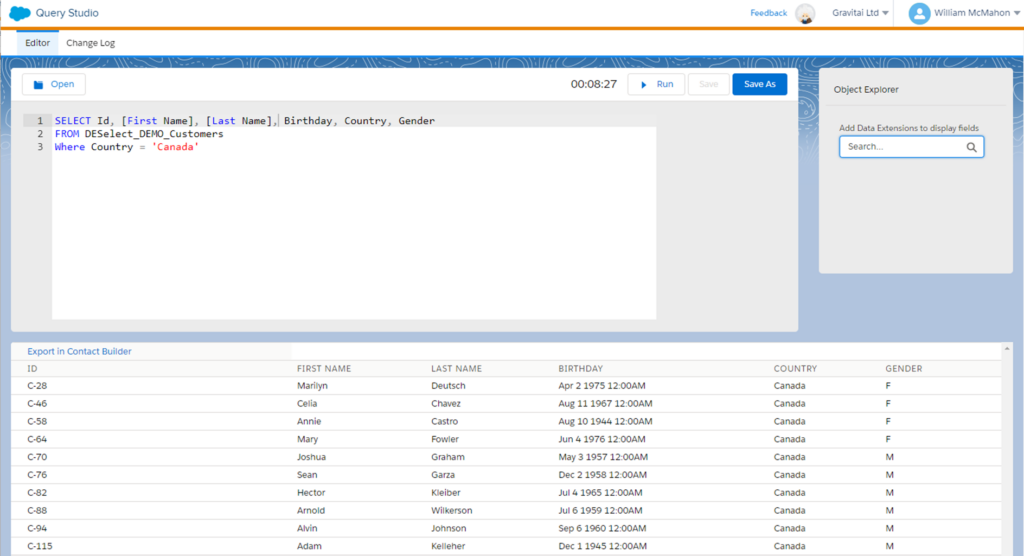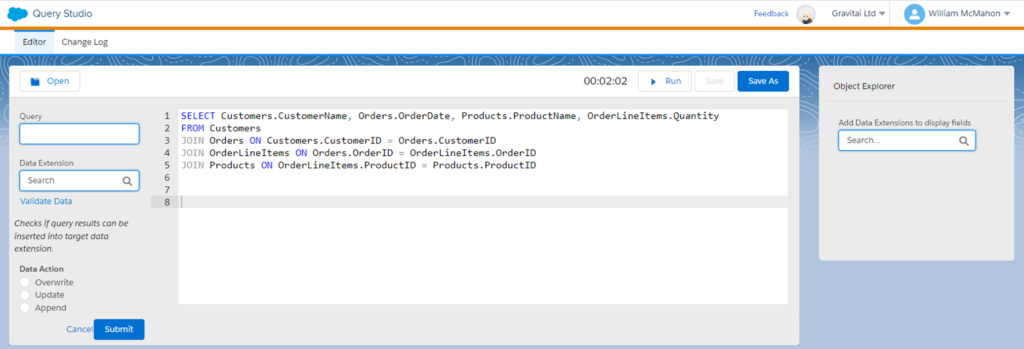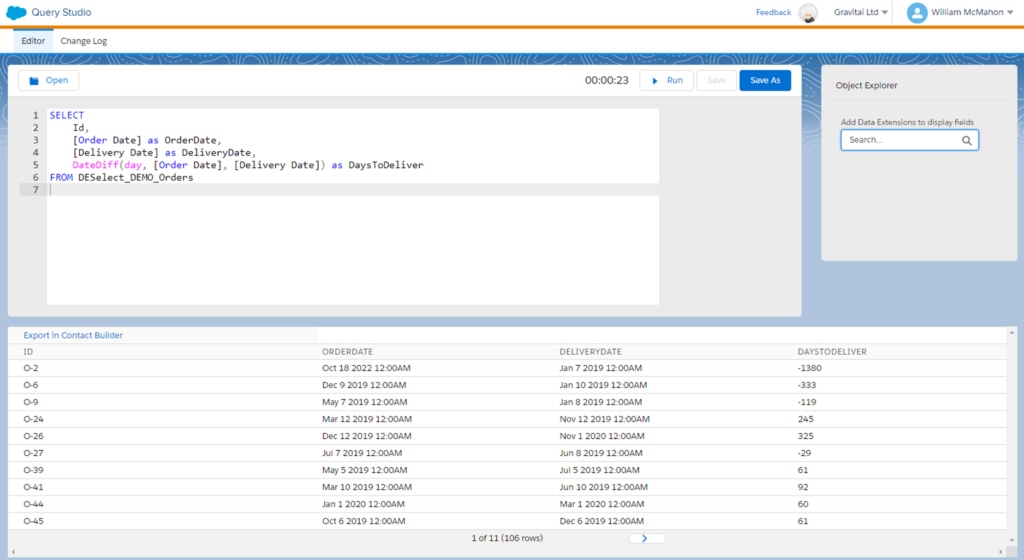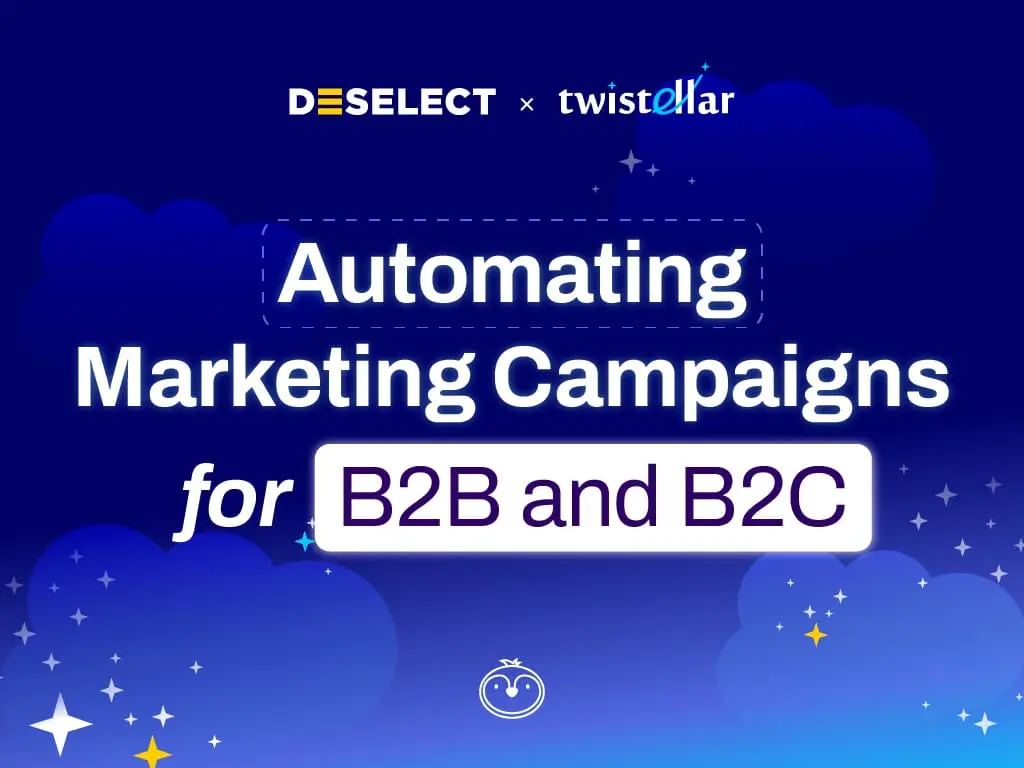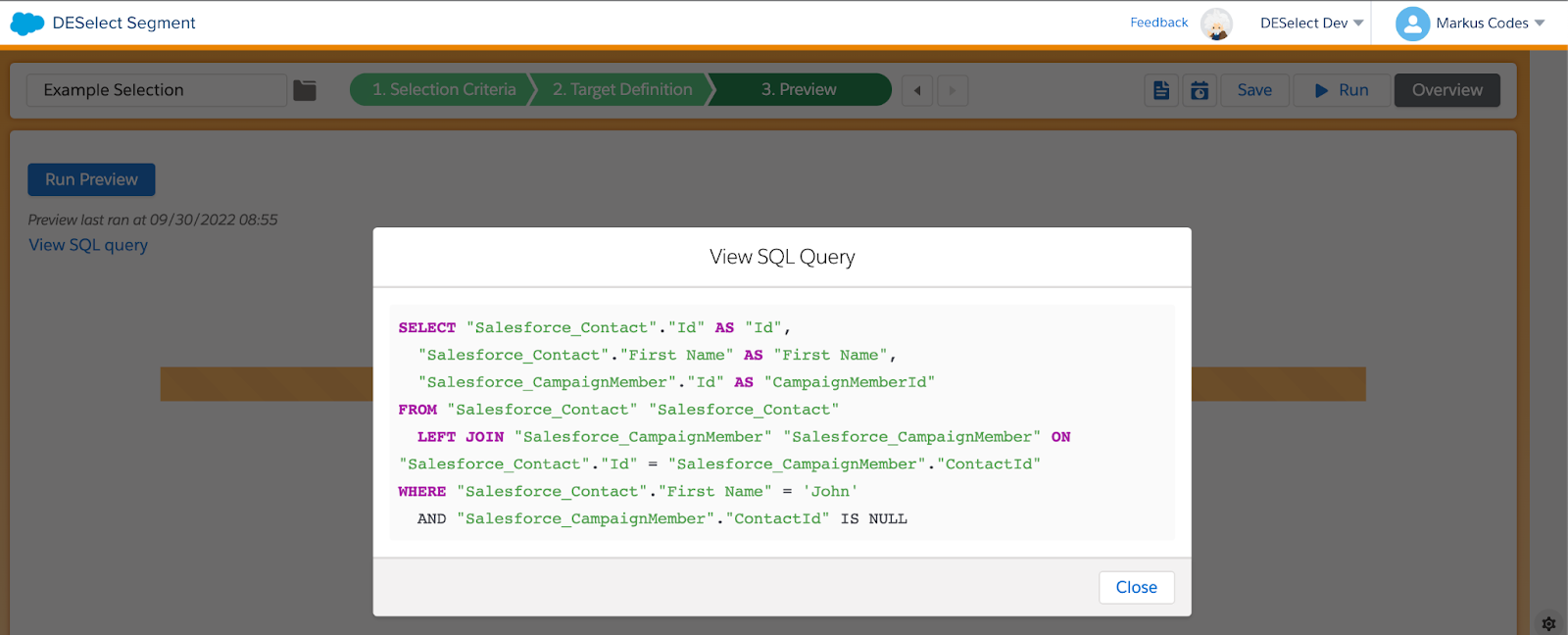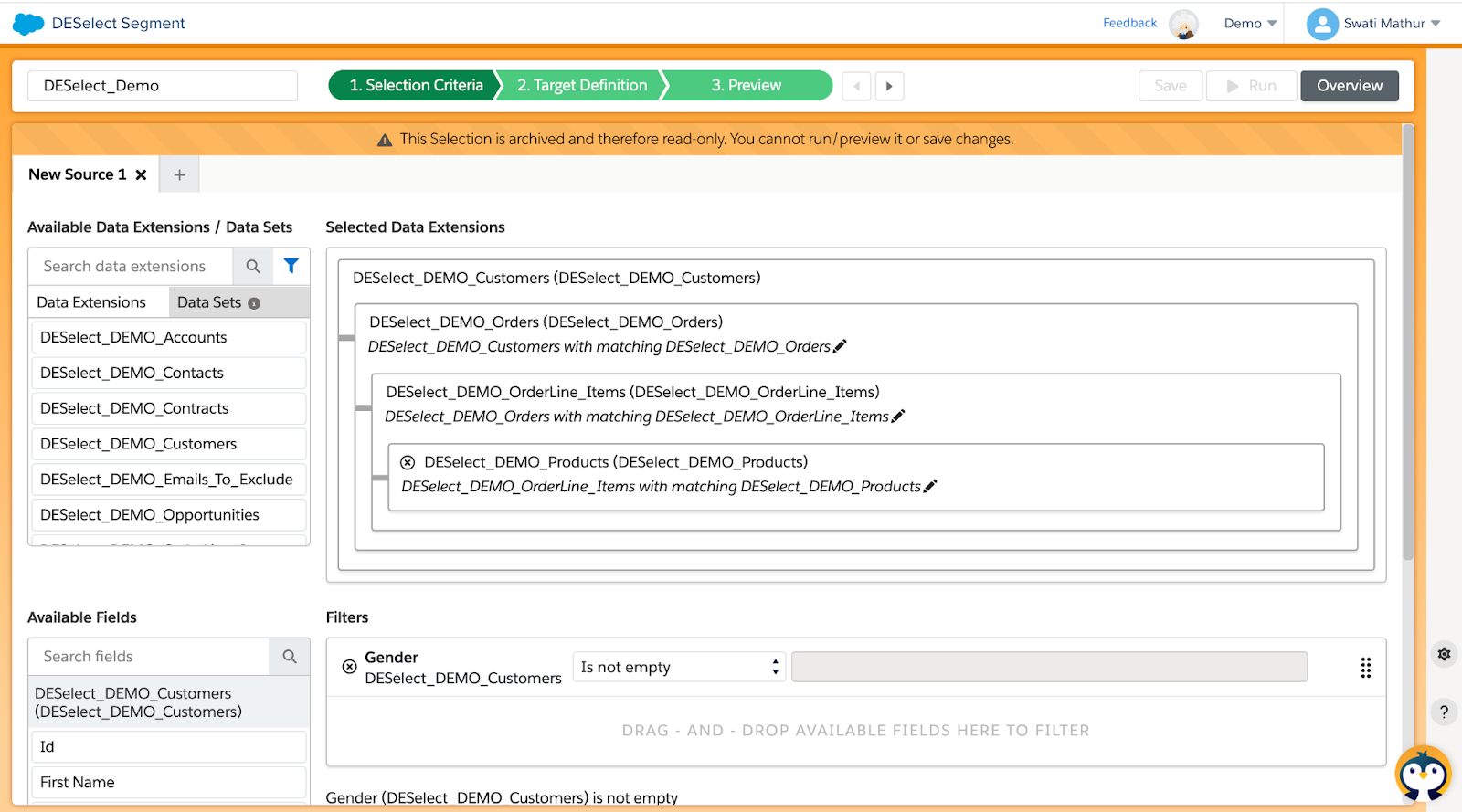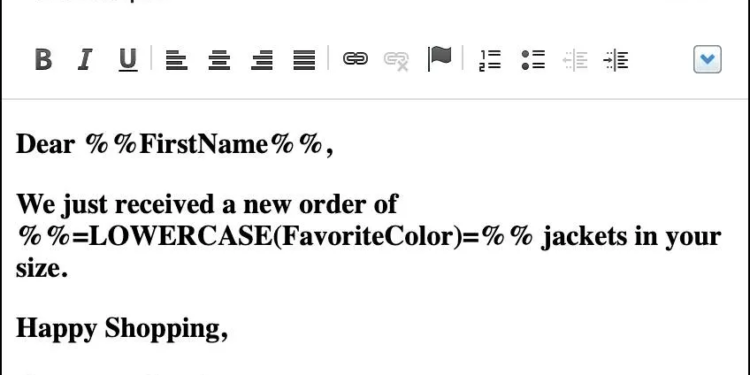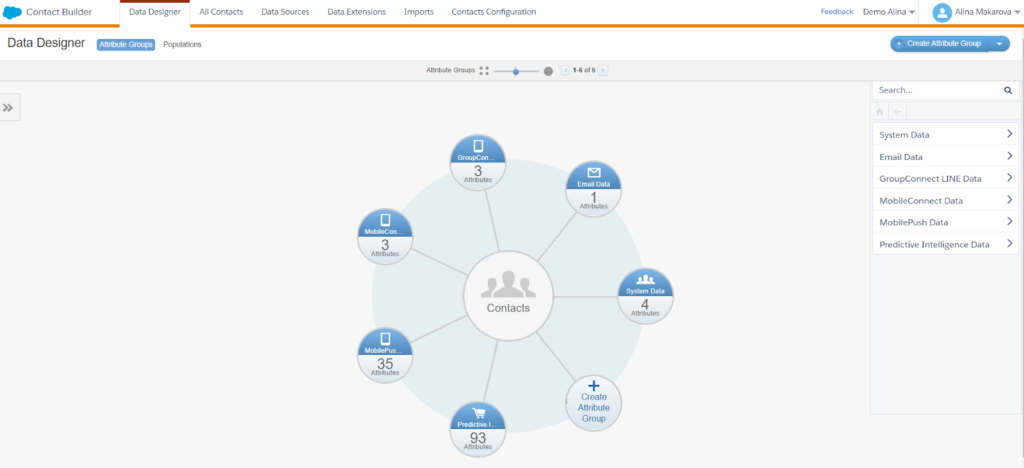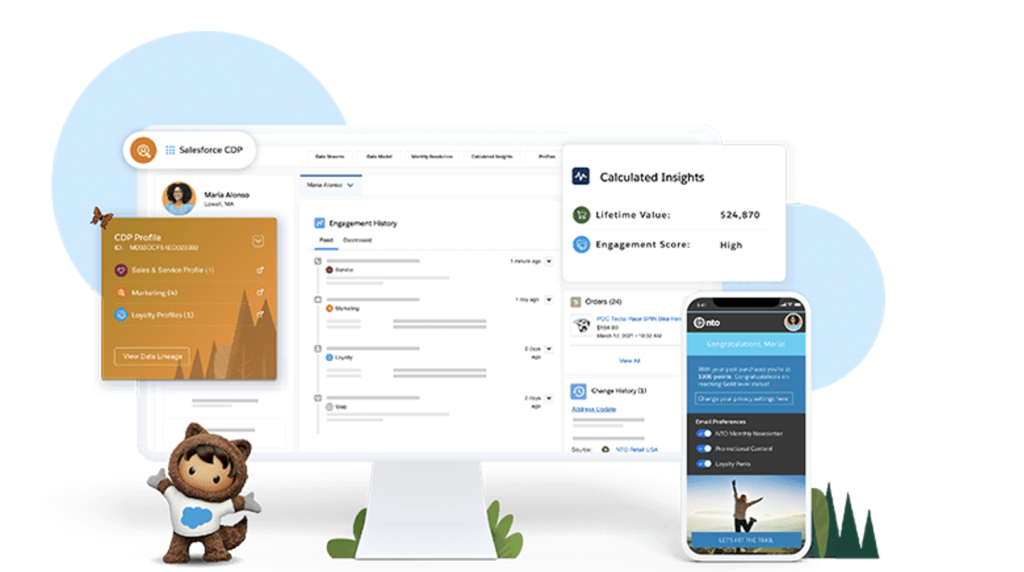Quick Journey Builder Intro
To begin, let’s dive into some of the key features and advantages of Journey Builder:
Multi-Channel Marketing: You’re empowered to interact with your customers through a diverse array of channels, spanning from email and SMS to the vibrant world of social media.
Segmentation: You can segment your audience for highly personalized messaging and offers.
Automation: Automation simplifies and streamlines your marketing efforts, saving time and resources.
Tracking and Reporting: Comprehensive analytics provide insights into your campaign’s performance.
Key Components of Journey Builder
Before diving into data preparation, let’s briefly review the fundamental components of Journey Builder:
Entry Sources: These are key repositories for where journey data comes from. They include Data Extensions, APIs, Cloud Pages and more. Note that you cannot start a journey using a List.
Activities: These represent the steps in a customer journey, such as emails, SMS messages, and wait times.
Triggers and Events: These initiate journeys based on customer actions or external events.
Decision Splits: These allow you to branch your journey based on actions, conditions or customer attributes.
Goals and Exits: These help to determine when a customer journey is considered successful and how it should end.
Data Preparation for Journey Builder Integration
Now that we have a basic understanding of Journey Builder, let’s focus on preparing your data for a successful integration. The effectiveness of your customer journeys heavily relies on the quality and structure of your data.
To make the most of your integration process, ensure data is thoroughly reviewed and cleaned to maintain data accuracy and consistency. This proactive step will ensure whatever data used for marketing campaign launch or impactful customer journeys will unlock the full potential of Journey Builder.
Here’s a detailed breakdown of the key steps to ensure your data is Journey Builder-ready.
Data Mapping: Aligning Stored Data with Journey Builder Requirements
Mapping your existing data to Journey Builder requirements is the first step in the data preparation process. It involves identifying and aligning the data fields in your current storage with the fields required by Journey Builder. This step ensures that your data seamlessly flows into the Journey Builder without any hiccups.
Key Considerations For Data Mapping
- Identify the essential customer data fields for your journeys
- Match your existing data fields with Journey Builder’s data extension fields
- Ensure data consistency and accuracy throughout the mapping process
Data Formatting and Transformation: Ensuring Data Is in the Right Format for Seamless Integration
Once you’ve mapped your data, the next step is to ensure it’s in the right format for integration. This involves cleaning and standardizing your data to ensure consistency. Inconsistent data can lead to issues during the integration process. Data formatting and transformation are crucial for a smooth Journey Builder experience.
Best Practices for Data Formatting
- Date Formats: Use a consistent date format (e.g., YYYY-MM-DD) to avoid confusion.
- Currency Symbols: Standardize currency symbols and ensure they are consistently applied.
- Duplicate Data: Remove duplicate entries to maintain data accuracy and reduce redundancy.
- Data Completeness: Verify that customer records are complete with all necessary information.
- Data Cleanliness: Cleanse data to remove any inconsistent or irrelevant information.
Testing and Validation: Strategies for Checking Data Integrity Before Deployment
Testing and validation are pivotal in the data preparation process. Before you launch your journeys, it’s essential to thoroughly test the data’s integrity. This includes checking for any missing or incorrect data, as well as verifying that the data flows correctly within Journey Builder. Comprehensive testing minimizes the risk of errors during deployment.
Data Validation Steps
- Conduct data integrity checks with data validation tools.
- Test your journey flows and interactions with sample data.
- Ensure that your data extensions are up to date.
Issues You Can Encounter in Journey Builder When Creating New Versions
Journey Builder is a dynamic tool, and as with any technology, updates and new versions are common. In this section, we’ll explore potential issues that you might encounter when creating new versions of your customer journeys.
Being aware of these challenges can help you proactively address them, ensuring a seamless transition to the latest Journey Builder version.
Common Challenges in Journey Builder Version Updates
- Compatibility issues with existing journey configurations
- Changes in data extension requirements
- Impact on existing customer journeys and their performance
Each of these may require manual quality assurance upon every update – testing, diagnosing, and remedying.
Setting a Data-Driven Course: Your Journey Begins Here
As we conclude this comprehensive guide, we hope you’ve gained valuable insights into preparing your data for seamless integration with Salesforce Journey Builder. It’s been a journey, exploring the critical foundations of data storage, mastering data taxonomy, and unlocking the potential of Journey Builder.
Now, let’s take a moment to pause and look back at the journey you’ve embarked upon. In this concluding section, we’ll bring together the essential lessons, strengthen your grasp of best practices, and ensure every one of your data-driven marketing campaign launch can set off with confidence.
In the opening chapters, we emphasized the significance of optimal data storage. You learned how proper data management is the bedrock of any successful marketing campaign. Remember, maintaining clean, well-organized data leads to streamlined processes and insightful decision-making.
Taxonomy: The Art of Organization
Our journey through data taxonomy revealed the art of structuring your data. By creating a robust framework, you set the stage for data that’s easy to retrieve, analyze, and activate. The use of naming conventions, metadata, and categorization helps your data become a powerful asset.
Journey Builder Integration
As we ventured into the realm of Journey Builder, you discovered how this tool can propel your marketing efforts to new heights. The importance of data mapping, formatting, and thorough testing cannot be overstated. These are the pillars that uphold your data’s success in Journey Builder. Keep in mind that Journey Builder does not work with Lists.
Best Practices for Data Governance
Data governance and documentation are not the final destination but rather a continuous process. Establishing protocols and routines for data management are key to maintaining the quality and security of your data.
Continuous Evolution
The world of data never remains static. It’s ever evolving, much like your customers’ needs and expectations. Ensure that your data strategies are scalable and future-proof, allowing you to adapt and grow as your data requirements change.
Your Data-Driven Journey Awaits
It’s important to remember that the road ahead has hurdles. You might encounter challenges, but armed with the knowledge you’ve gained, you’re more than equipped to navigate them. Whether you’re a seasoned marketer with years of experience under your belt or someone just beginning to explore the possibilities, always keep in mind that data is not an adversary but a trusted ally by your side.
Your success lies in your commitment to data excellence, from storage to integration, and beyond. It’s a journey where data becomes a powerful asset, and Journey Builder becomes your canvas for crafting remarkable customer experiences.
So, what’s next for you? It’s time to put theory into practice, to experiment and explore. Your journey begins here. Take those insights, experiment, and make data your trusted companion in your marketing endeavors.
Thank you for joining us on this data-driven expedition. Safe travels, and may your path be paved with data-driven success.
DESelect makes it easy to standardize how your team uses SFMC for maximum efficiency. Learn how marketers instantly find any object in Marketing Cloud with DESelect Search – free on the AppExchange!



